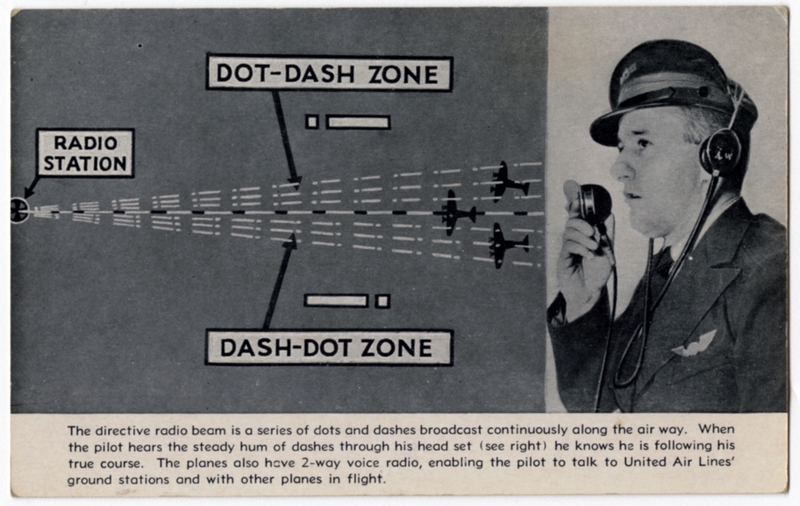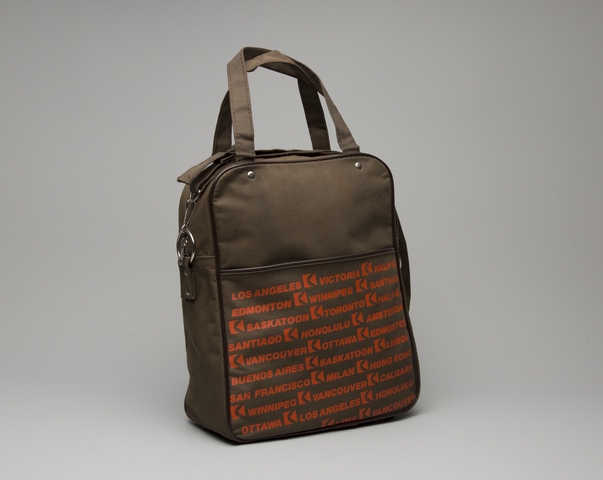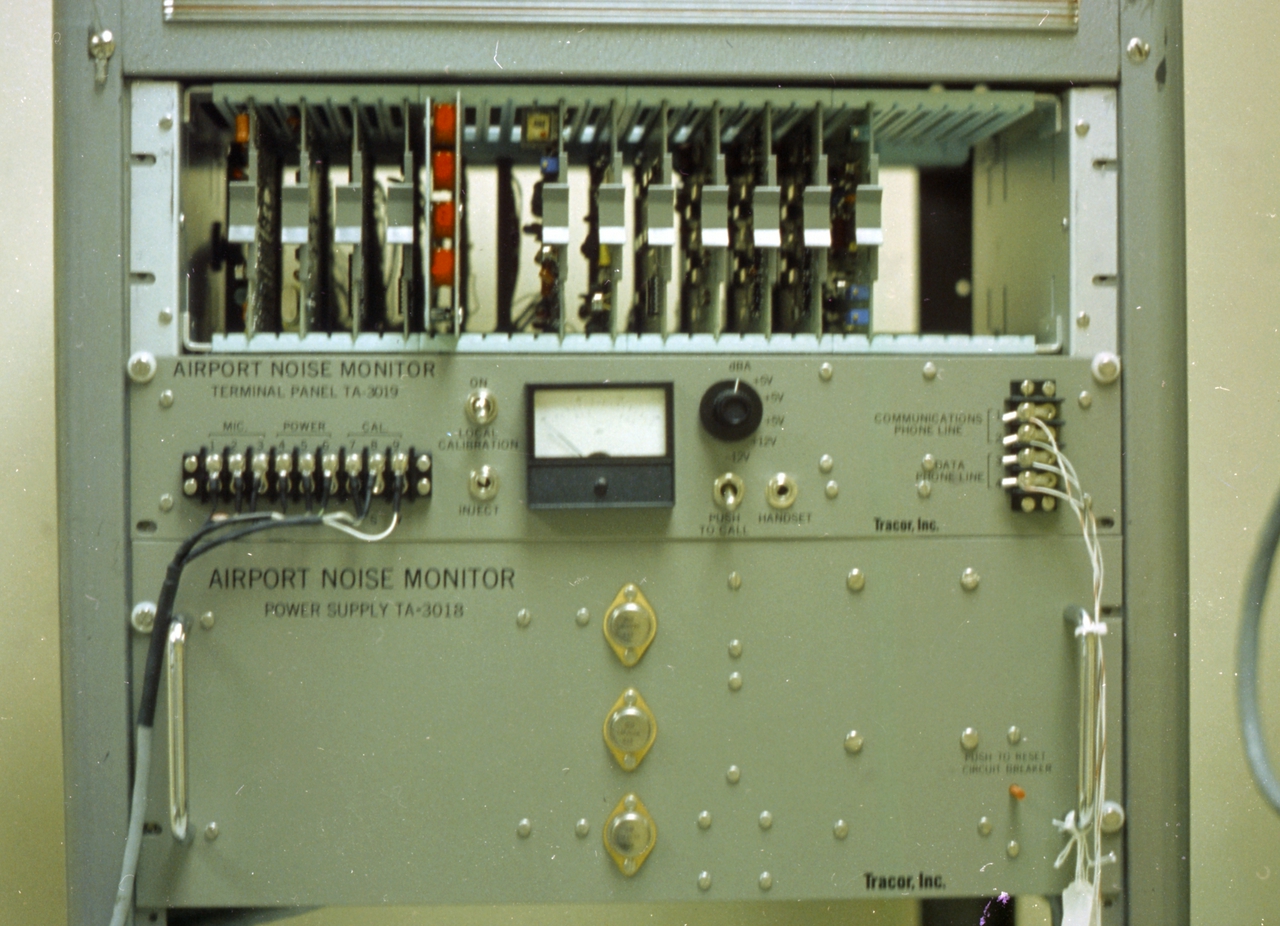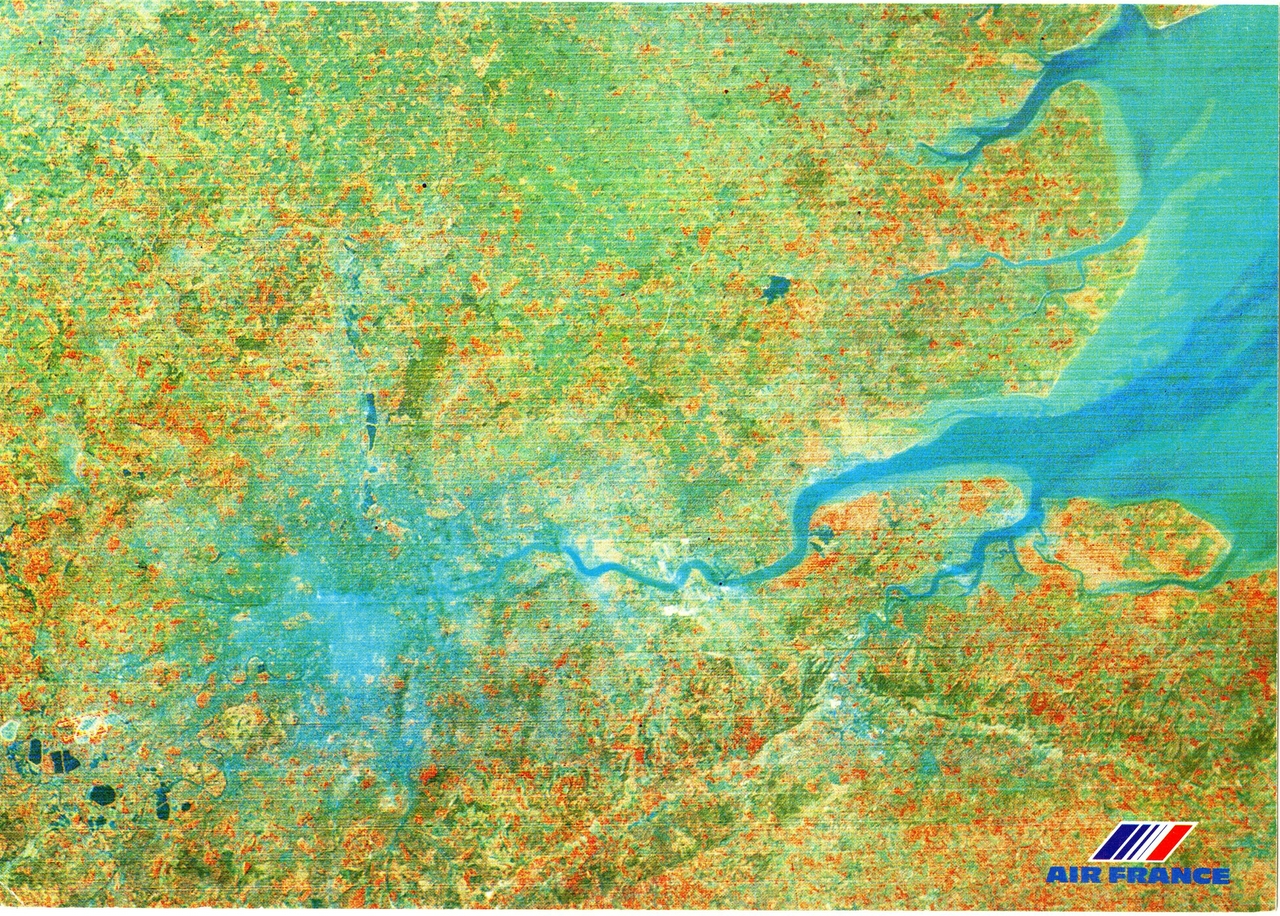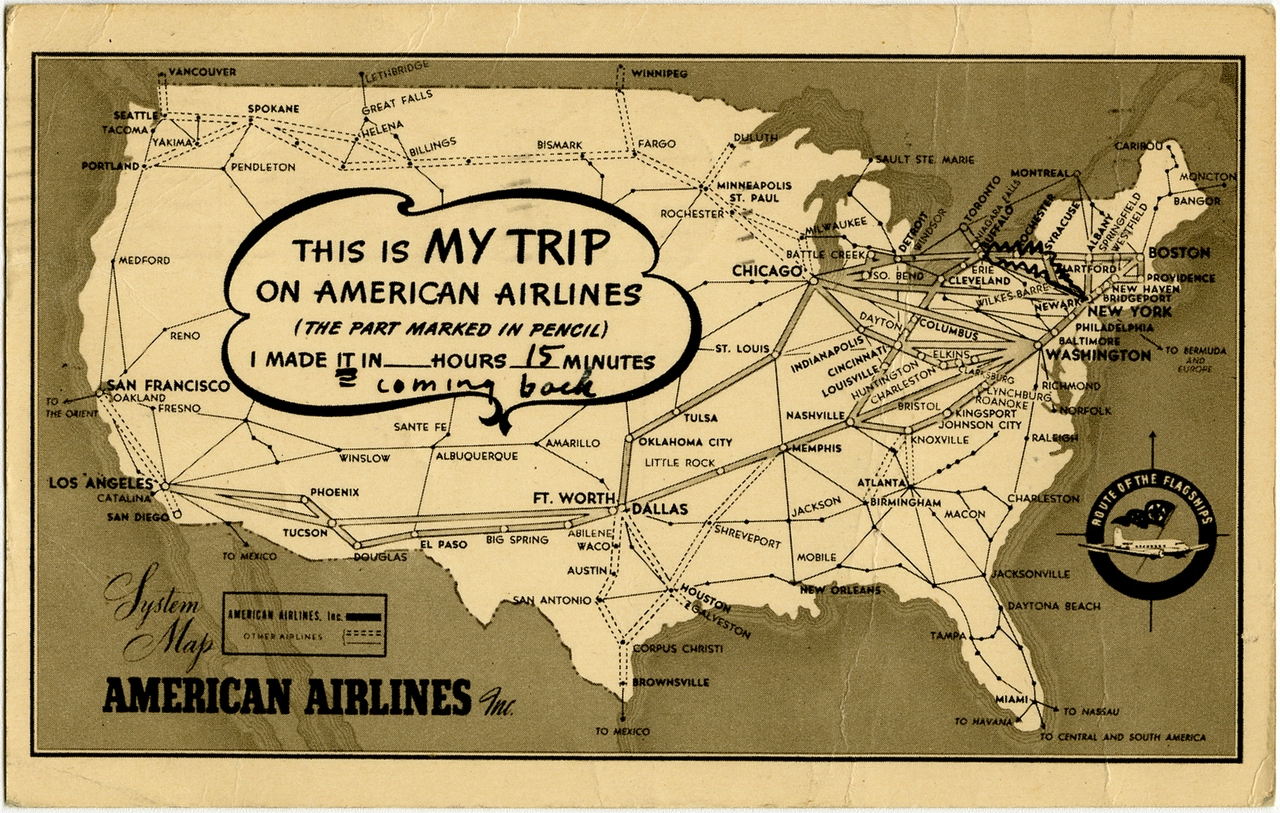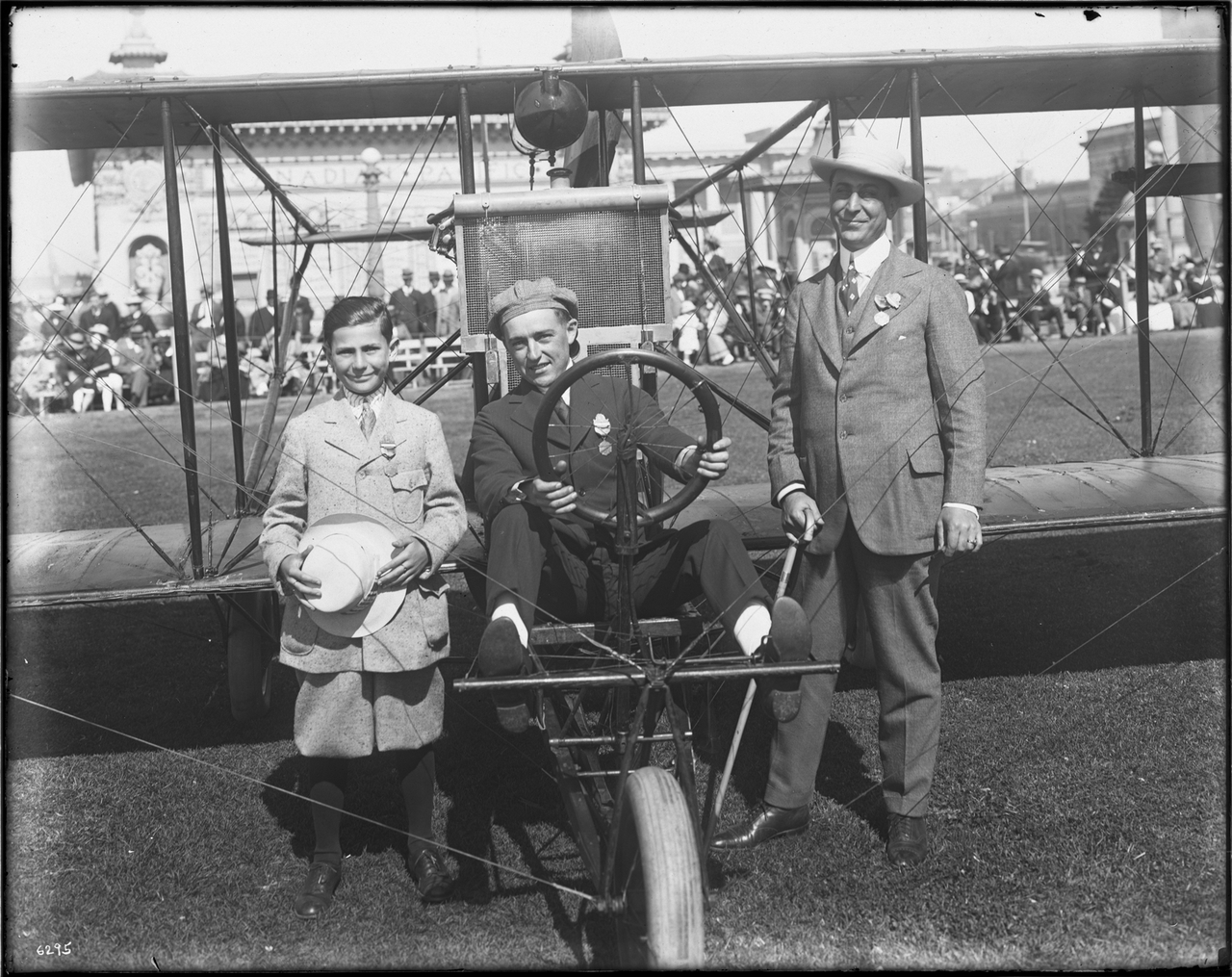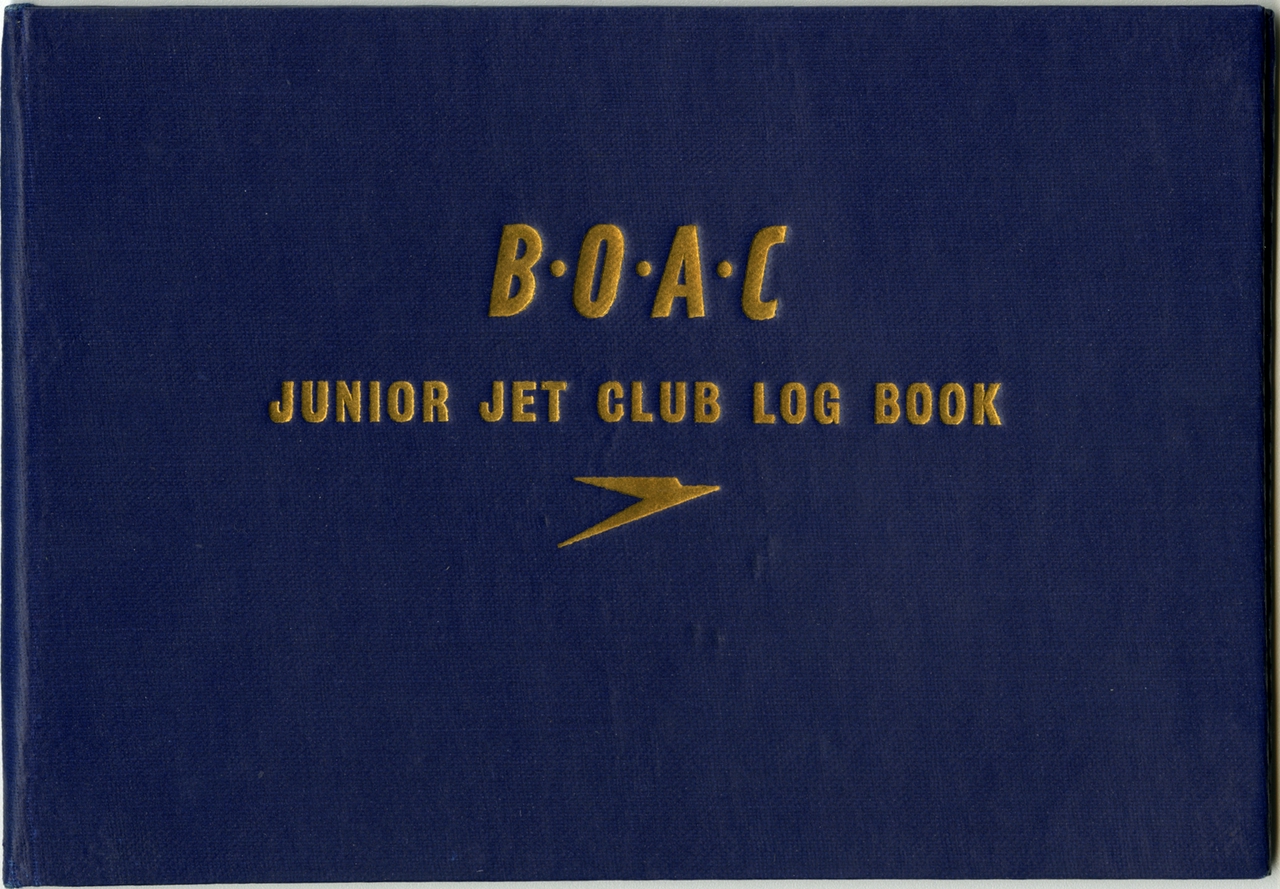Blog posts tagged collection
Holding Hands with the “Fediverse” – ActivityPub at SFO Museum
SFO Museum has joined the “Fediverse”. We have begun to operate a series of automated “bot” accounts that are published using the ActivityPub protocols which can be subscribed to from any client, like Mastodon, that supports those standards. These are automated, low-frequency, accounts and they currently only support a limited set of interactions: Accounts can be followed or unfollowed, individual posts can be “liked”, “boosted” or replied to but those replies will not be answered (yet) or published on the SFO Museum websites. To get started we’ve created three “groups” of accounts: Things which have happened recently involving the SFO Museum Aviation Collection; Things which have happened in the terminals (new and old) and; Things from the collection which are related to flights in and out of SFO.
This is a blog post by aaron cope. It was published on March 12, 2024 and tagged collection, activitypub, socialmedia and golang.
The SFO Museum Aviation Collection Website Shoebox
This is a blog post about something that’s been hiding in plain sight on the SFO Museum Aviation Collection website for over a month now: The ability to save collection objects to a personal “shoebox”. If that sounds like a simple bookmarking system limited to items in the SFO Museum collection that’s because it is. For now. The shoebox and the introduction of user accounts are the first steps, the first building blocks, towards developing more sophisticated functionality and applications for the museum and its collection.
This is a blog post by aaron cope. It was published on January 22, 2024 and tagged collection and shoebox.
Coloring Books Pages For the SFO Museum Aviation Collection
We have launched a new experimental feature on the SFO Museum Aviation Website: Coloring book pages (or sheets) for a subset of the objects in our collection. Coloring books are PDF files with a stylized, black and white outline of an object for you to print out and color as you see fit and can be thought of as a second attempt at producing a museum artifact that can follow you “out of the building”.
This is a blog post by aaron cope. It was published on December 18, 2023 and tagged collection, rustlang, golang, roboteyes, publications and coloringbooks.
Searching Text in Images on the Aviation Collection Website
We want to see what these technologies make possible, though, and a very real and immediate opportunity is the ability to index search terms that the curators and registrars haven’t already included in the titles or descriptions for objects in our collection. For example, this travel bag from Canadian Pacific Airlines, covered in the names of cities the airline traveled to, is not included in the search results for the terms “montreal” or “saskatoon” using the default search functionality but it’s the first result when we also search for the text in images.
This is a blog post by aaron cope. It was published on September 14, 2023 and tagged search, swift, collection, roboteyes, grpc and tools.
Geotagging at SFO Museum, part 10 – Native Applications
In the same way that we can wrap a traditional web application in a Go program, can we wrap that Go program in a native macOS application? Each platform has its own unique affordances and tolerances. A larger goal for the museum is recognizing the possibilities that each platform affords so that we might be able to treat them as a kind of “kit of parts” to be reconfigured as needed for future projects.
This is a blog post by aaron cope. It was published on May 18, 2020 and tagged sfo, collection, geotagging, oauth2, golang, javascript and macos.
Geotagging at SFO Museum, part 9 – Publishing Data
This post is about the go-www-geotag-sfomuseum application. It adds support for authenticating users and publishing data to any service that supports the OAuth2 standard. For the purposes of this post we’re using GitHub to demonstrate our work because we already publish all our open data on GitHub so it is useful for our geotagging application to be able to write directory to their API. In the future we might update our geotagging application to talk to SFO Museum’s own OAuth2 and API endpoints.
This is a blog post by aaron cope. It was published on May 07, 2020 and tagged sfo, collection, geotagging, oauth2 and golang.
Geotagging at SFO Museum, Part 8 – Old maps
What’s become clear as we work through geotagging photos in the SFO Museum collection is that it’s very useful to be able to geotag things using a map from, or near to, the same year that a photo was taken. The facts on the ground change often and fast enough at SFO that it can be hard to make sense of an old photo using a contemporary map.
This is a blog post by aaron cope. It was published on May 04, 2020 and tagged sfo, collection, history, geotagging and maps.
Geotagging at SFO Museum, Part 7 – Custom Writers
In order to support SFO Museum’s use case we would need to bundle all of the code required to implement the steps described above with the go-www-geotag application. That’s a lot of functionality that which not germane to another user of the application. It’s also, potentially, a lot of code that SFO Museum may not want or be able to share publicly. It’s a scenario that would have to be repeated for every custom writer adding unnecessary complexity and size to the final geotagging application.
This is a blog post by aaron cope. It was published on May 01, 2020 and tagged sfo, collection, geotagging, whosonfirst and golang.
Geotagging at SFO Museum, Part 6 – Writers
So far, we’ve got a map and a camera, a global search endpoint, a simple way to query for and display images and enough information to display already geotagged images correctly. Importantly none of these things are specific to our museum or any other institution. In fact there’s nothing about go-www-geotag that is specific to the cultural heritage sector at all. You could use this tool to geotag any set of images. But what about saving the geotagging information that the Leaflet.GeotagPhoto extension produces?
This is a blog post by aaron cope. It was published on April 30, 2020 and tagged sfo, collection, geotagging and golang.

